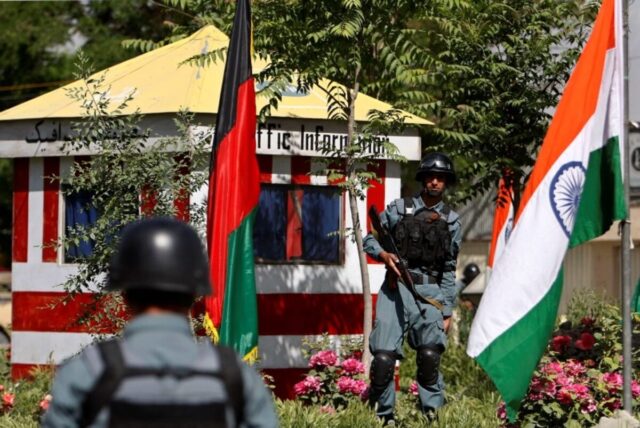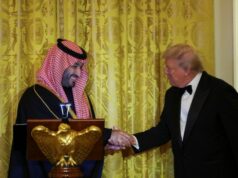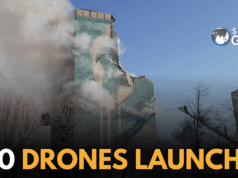India’s decision to engage with the Taliban in 2025 reflects the shifting balance of regional and global power. The widening rift between the Taliban and Pakistan has created a strategic opening for New Delhi to reassert influence in Kabul without direct confrontation with Islamabad.
This recalibration also stems from the broader realignment that followed the collapse of U.S. authority in Afghanistan. With China, Russia, and Iran already engaging with the Taliban, India cannot afford to remain absent from the equation.
At the centre of this renewed approach is the Chabahar Port in southeastern Iran, a project India has invested in for years. Chabahar provides direct access to Afghanistan and Central Asia, bypassing Pakistan, and offers a stable route for trade and humanitarian assistance. For India, it is not merely an infrastructure project but a counterweight to China’s Belt and Road Initiative, which threatens to expand Beijing’s influence in Afghanistan and beyond.
The Taliban’s growing tensions with Pakistan, once its key patron, have given India further room to manoeuvre. But New Delhi’s focus is not only strategic. Afghanistan faces a severe humanitarian crisis, worsened by the forced repatriation of refugees. India has pledged material aid for reintegration efforts, with particular emphasis on health care. This builds on past assistance, including wheat, medicines, COVID-19 vaccines, and winter supplies, underlining India’s longstanding record as a trusted partner of the Afghan people.
Experts point to India’s principal tools of engagement: trade through Chabahar; cultural diplomacy via language programs, scholarships, and people-to-people ties; support in education and health; non-military security cooperation; and multilateral coordination through groupings such as the SCO and BRICS.
Yet challenges remain. Afghanistan’s political fabric is deeply fragmented, shaped by tribal and ideological divides that India must navigate without taking sides. Human rights concerns also cast a shadow on any engagement, particularly for a democratic country like India. Moreover, while Washington has withdrawn its military, American strategic interests persist. Any shift in U.S. policy could alter India’s calculations significantly.
For New Delhi, the path ahead requires cautious optimism. The Taliban cannot be granted unconditional recognition, yet it cannot be ignored as the de facto authority in Kabul. Balancing values with interests will define India’s Afghanistan policy in the coming decade.
To safeguard its strategic space, India must coordinate with Eurasian powers while remaining engaged on the ground. Active, patient, and pragmatic diplomacy could open new opportunities as Afghanistan enters its latest phase.
(This article was written by Tisya Sharma, she is an intern at StratNews Global)





